Isn't that how all the best scary stories start? Well, get your security blanket and your flashlight, little ratepayers, and settle in for a tale of terror!
Back in the early 2000s, Dick Cheney gathered his "secret energy task force" to set the stage for a hugely profitable transmission grid build out intended to bring coal-by-wire to every household in the U.S. The Energy Policy Act of 2005 brought the regulatory plan to fruition. Since then, the energy companies' scheme has been slowly dismantled piece-by-piece. The 4th Circuit Court of Appeals watered down FERC's "backstop" authority to overrule state decisions and take over siting and permitting of transmission lines (Thanks, Piedmont Environmental Council!). The 7th Circuit Court of Appeals remanded regional cost allocation back to FERC (and FERC answered with its recent Order No. 1000). The 9th Circuit Court of Appeals vacated DOE's National Interest Electric Transmission Corridors (Thanks, Sierra Club!). The effect of this has left plans for a "national grid" stymied.
Not to be discouraged, the energy companies began setting another plan in motion. The first part of their plan is now complete with issuance of FERC's Order No. 1000, which has brought us interregional transmission planning and cost allocation. Bill has an excellent analysis of the lone article I've seen that actually gets to the truth behind Order No. 1000. Dressed in a costume of "you won't pay if you don't benefit," Order No. 1000 now makes it easier for industry cartel Regional Transmission Organizations to find excuses for massive new transmission lines and a way to make you pay for the "national grid's" $220B cost.
So, what else do the energy companies need to pull off their plan? They need to cut individual states and citizens out of the permitting process because all that burdensome citizens' rights stuff is getting in their way. The National Electrical Manufacturers Association (NEMA) lays out the second part of the industry's sinister plan very colorfully for you in Siting Transmission Corridors— A Real Life Game of Chutes and Ladders. (I wonder if they got permission from Hasbro to use their trademarked name for that cutsie poo presentation?)
It's all about establishing a streamlined federal transmission project permitting process that will make constructing new transmission lines a snap. Maybe they can even install a drive-thru at 888 First Street N.E., Washington, D.C., for even faster service for greedy corporations! NEMA's plan: "Federal authority over transmission planning, siting, and cost allocation will significantly increase the likelihood that needed facilities will be constructed in a timely manner". It will also increase the likelihood that transmission lines will be constructed anywhere and everywhere with no rules, oversight or forethought, except that of increased corporate profits (and that's where your wallet comes in!)
NEMA also wants to put FERC in charge of environmental reviews! That sounds like a great plan, as long as they'll agree to let my auto mechanic perform their next open heart surgery. Don't worry, NEMA, he's really good with mechanical things like engines and hearts...
Keep in mind what Bill said about the industry and FERC trying to "greenwash" another great transmission build-out renaissance. It's all a bunch of propaganda and corporate public relations spin. This is all about corporations making a HUGE profit constructing something that the American public doesn't need or want, AEP's "national grid."
So, what's in it for NEMA? "Founded in 1926 and headquartered near Washington, D.C., its approximately 450 member companies manufacture products used in the generation, transmission and distribution, control, and end-use of electricity." $$$
The industry wants to toss costly and time-consuming due process, state sovereignty, need determination and environmental reviews out the window because it's screwing up their plans to make a whole bunch of money.
But NEMA isn't the only organization penciling "federally controlled transmission siting & permitting" in on their wish list for Santa Claus this year, though. We've seen something very similar from the Chamber of Commerce recently. And there are more, lots more! It's sneaky and pervasive, and it's everywhere! How many instances of expensive corporate spin pushing for federal jurisdiction over transmission permitting can you find? Post them in the comments.
Keep your eye on this one and join us for a round or two of the opposition's favorite game, Whac-A-Mole, where we begin dismantling their new regulations again as fast as they create them.
For more about how AEP and other investor owned utilities are using propaganda to greenwash their sinister plan, here's some further reading. And keep checking back here at StopPATH WV's blog to read the latest as AEP's scheme is uncovered and neutralized.
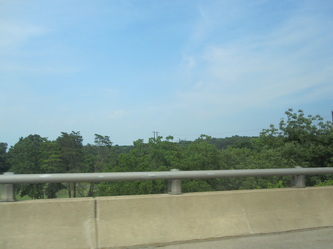
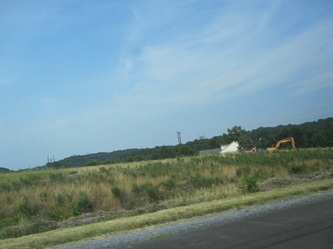
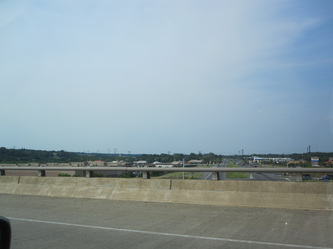
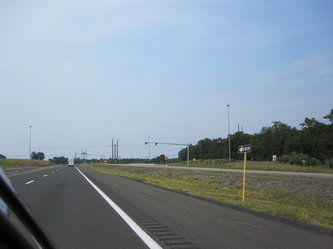
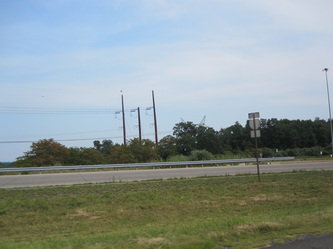
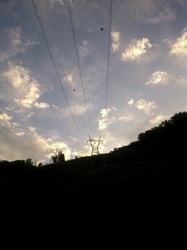
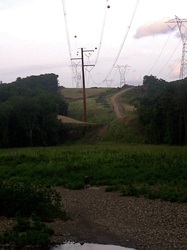
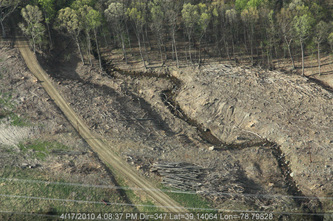
 RSS Feed
RSS Feed